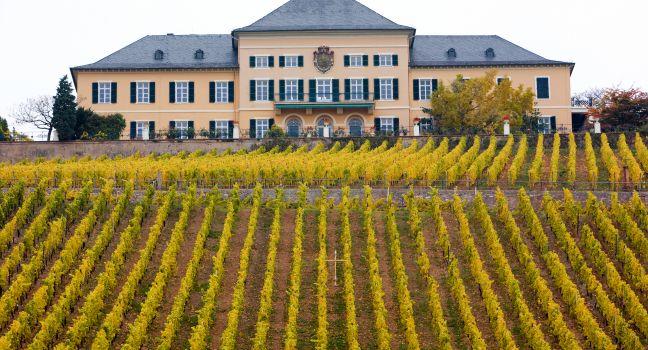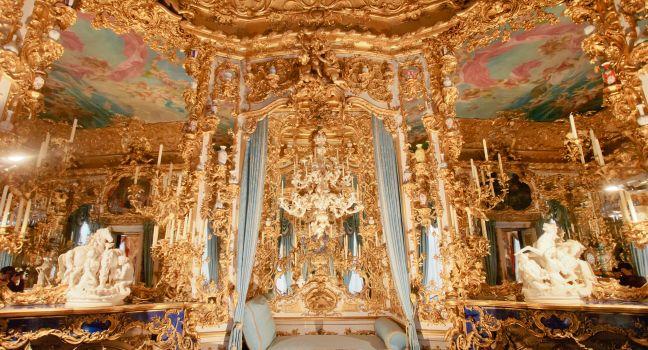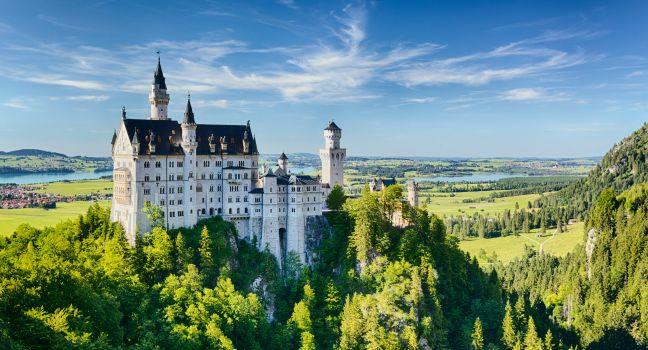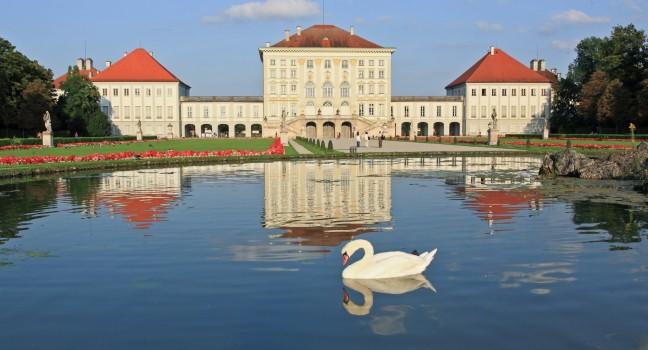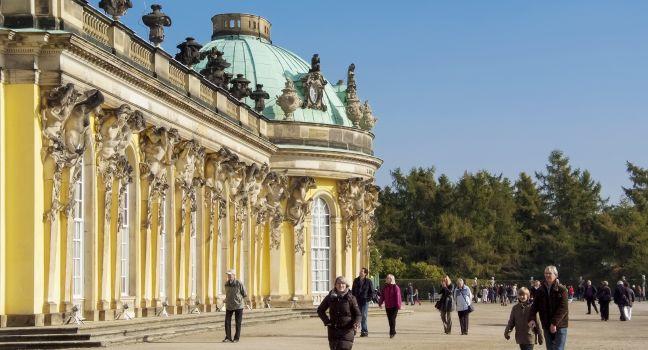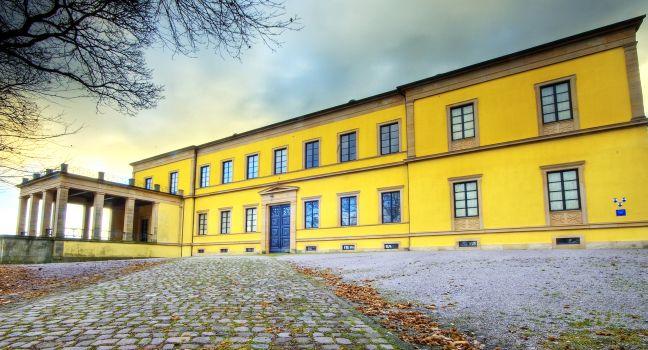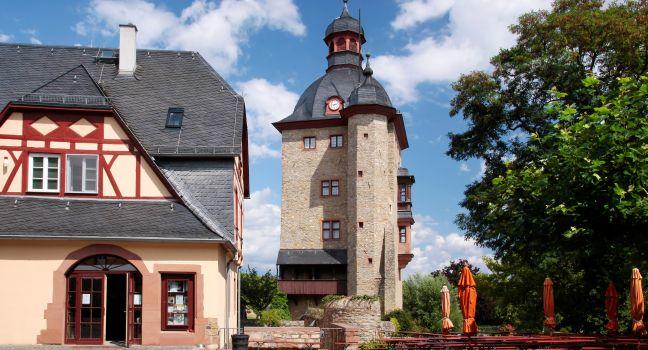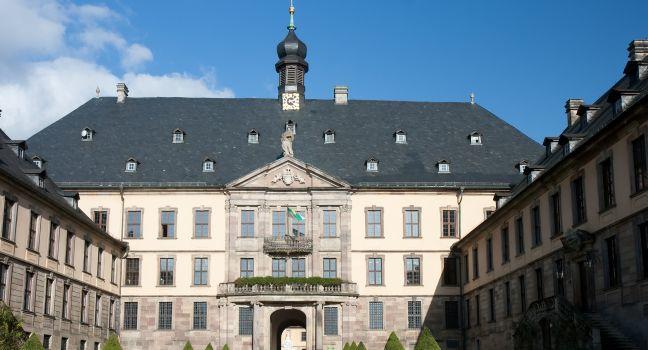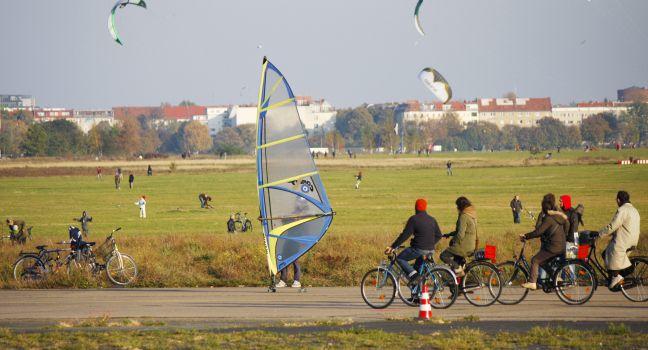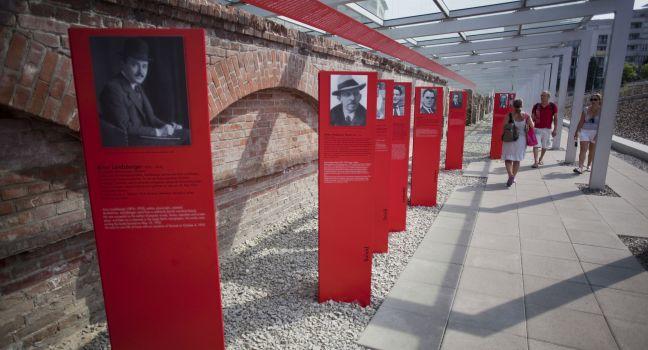Schloss Hohenschwangau
Built by the knights of Schwangau in the 12th century, this castle was later updated by the Bavarian crown prince Maximilian, father of King Ludwig II, between 1832 and 1836. Unlike Ludwig's more famous castle across the valley, Neuschwanstein, the mustard-yellow Schloss Hohenschwangau actually feels like a noble home, where comforts would be valued as much as outward splendor. Ludwig spent his childhood summers surrounded by the castle's murals, depicting ancient Germanic legends, including those that inspired the composer Richard Wagner in his Ring cycle of operas. The paintings remain untouched in the dining room, as does the Women's Floor, which looks just as it did at the death of Ludwig's mother, Marie, in 1889. You can walk up either of two clearly marked paths to the castle or the trip can be done in a small horse-drawn carriage.
